Whom does the Grail serve? In the legend of the Holy Grail this searching question is asked of each questing knight, who must provide the answer before proceeding further on the quest. It is intimated that successfully answering this question will unlock many doors of knowledge, will rid the waste land of the blight from which it suffers, and will cure the mysterious king known as the Fisher King, who lies ailing in his bed from a grievous wound which refuses to heal. Curing the king, the legend suggests, also will magically cure the land as well.
So whom does the Grail serve? We know the question, but what is the answer? With a flourish of mysticism which history itself has provided, Chrétien de Troyes, the 12th-century writer of the original story, died before completing his romance – and before his text supplied the answer to this central question. Through the chance of history we must set out on our own quest if we wish to find the answer.
Chrétien de Troyes’ death ironically ensured that his story would become an open-ended one, and in that change became something which detached itself from his specific time and place to widen into something that could be applied both universally and personally to each individual who encountered it. But to begin to answer the question of the Grail, we need to understand something of what the Grail itself might be. Traditionally it is the cup used by Christ at the Last Supper. But this interpretation confines it to a specific Christian context, and variations of the Grail story can be found both in Persian legend, in the story of Kay Chosrou and the Vessel of Yamshid, which “mirrors the universe", and in the Russian legend of Vsevolod, who becomes King of the Grail of the invisible city of Kitesj.
Speculation in a contemporary fictional bestseller suggests that the Grail (which for all its ambiguity is clearly a vessel of some description) is actually Mary Magdalene, in the sense that she is the ‘vessel’ for an imagined bloodline of Christ descended through her. But this voyage to the wilder shores of speculation is itself based upon an unsubstantiated medieval story that after the events of the crucifixion Mary journeyed from the Holy Land to southern France. And none of these various legends, however interesting in themselves, bring us closer to answering the Grail’s question.
We rightly look upon the great wisdom teachers and guides of humanity – Hermes Trismegistus, Buddha, Zarathustra, Jesus, Pythagoras, Lao Tzu and others – as appearing in different cultures and at different times in history, building bridges from our material world to the more perfect world of the Spirit which lies beyond. If we make ourselves receptive to their example, if we (to use the Biblical phrase) make ourselves “an instrument of their peace”, then we ourselves become a vessel for the Spirit. It is we ourselves who are transformed into the Grail. And in this transformation we find the answer: each of us, as the Grail, serves the highest Good, the more perfect world of the Spirit.
Painting by Greg Spalenka



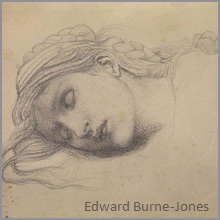
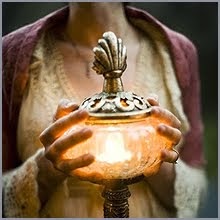
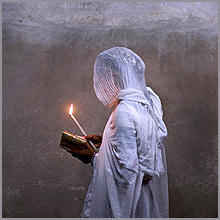
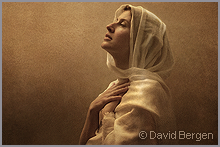
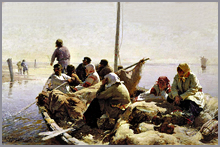
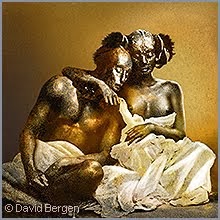


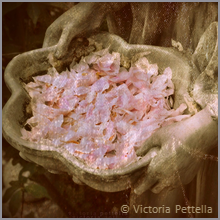
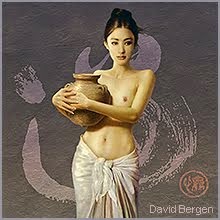
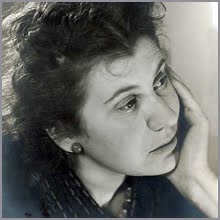
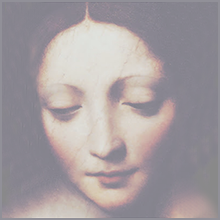
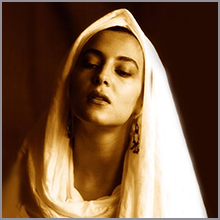
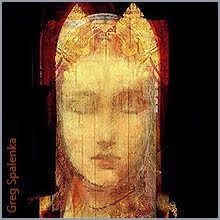
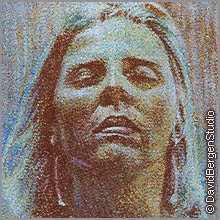


.png)








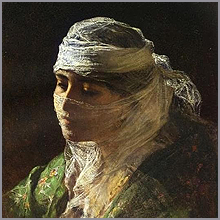
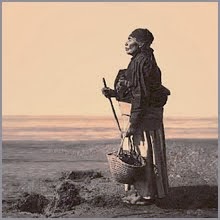

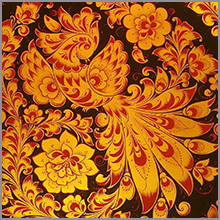

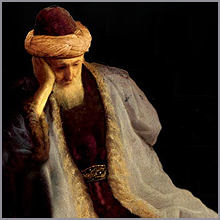
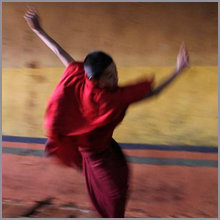




That is a beautiful painting by G. Spalenka. It almost has a feel of the icons of the Russian Orthodox Church. Emma provides us with the history of the writer, Chrétien de Troyes, who wrote about the holy Grail and touches upon some of the theories surrounding its great mystery. Some of the theories are indeed intriguing and may or may not be true. It is difficult to ascertain this and certainly we are all free to make up our own minds. Emma however delves deeper than any historical or mythical possibility of the meaning of the Grail and offers us an insight that resonates beautifully from a mystic and spiritual vantage point. Emma points out that it is helpful to view the quest for the holy Grail as an allegory representing an inner journey transforming our consciousness from the outer dimension of form, the phenomenal universe of multiplicity, the social world of humankind, to the inner dimension of the un-manifested and formless Oneness or Spirit. She states, “It is we ourselves who are transformed into the Grail.”
ReplyDeleteThe Grail itself is vessel, a container, a form but it is a form that holds something precious, something that both precedes and transcends form. This precious essence is the Oneness, the Source of All Life, or in Christian terms the Kingdom of Heaven. I find this to be a beautiful interpretation that points to a deeper reality. The Spirit, the formless, is who are in essence, not the vessel, the form. To realize this and manifest this into our lives may be the true meaning of the holy Grail.
Joseph, I am so very grateful for your reflections on Whom does the Grail Serve. Again what you say complements my text without needing to repeat what has already been said, You mirror different facets of this subject and so offer to others a broader perspective. It's wonderful!
ReplyDelete